The 1984 film, Bolero, tells the story of Ayre “Mac” MacGillvary (Bo Derek) and her best friend, Catalina (Anna Obregon). They’re young, they’re rich, they’ve just graduated from college, and, despite the fact that they both appears to be in their early 40s, they’re determined to lose their virginities to the most perfect lovers that they can find.
Because the film is taking place in the 1920, Mac and Catalina first travel to the Middle East in hope of finding a Rudolph Valentino-style sheik. Accompanying them is Mac’s chauffeur and protector, Cotton (a clearly embarrassed George Kennedy). Though Mac does manage to find a sheik (played by Greg Benson), her efforts to lose her virginity to him prove to be a failure. Though the Sheik is willing, he indulges a bit too much with his hookah and ends up passing out right before the consummating the act.
Well, if a sheik can’t do it, how about a bullfighter? Mac and Catalina leave the Middle East for Spain and it’s there that Mac catches the eyes of Angel (Andrea Occhipinti), a celebrated bullfighter. Mac decides that Angel will be the one to take her virginity but it turns out that, once again, nothing as is easy as it should be. It turns out that Angel already has a lover and he’s been with her since she was a teenager. And a 14 year-old Gypsy named Paloma (played by Olivia d’Abo) has already decided that she is going to be Angel’s next lover, which is incredibly icky even before the film makes it even ickier,
While Mac is trying to seduce Angel, Catalina is trying to seduce a Scottish attorney named Robert Stewart (Ian Cochrane). “What do you wear under your skirt?” Catalina asks. “It’s a kilt!” Stewart yells because he’s Scottish. Anyway, Catalina eventually does get an answer to her question so yay Catalina!
As for Mac, she does eventually manage to win Angel’s attention but then …. OUCH! Angel gets gored by a bull and yes, he gets wounded exactly where you think that he gets wounded. Suddenly, Angel can no longer get it up but fear not. “We’re going to make that thing work,” Mac says, before she then takes up bullfighting herself. It all eventually leads to a scene that makes heavy use of dry ice and a neon light that misspells the word ecstasy.
Bolero is one of those sex-obsessed films that tries so hard to be erotic that it actually goes in the opposite direction and becomes so firmly anti-erotic that one gets the feeling it could be used as a torture device in a George Orwell novel. “The Anti-Sex League sentences you to watch Bolero!” A huge part of the problem is that, even though everyone in the film is certainly attractive, there’s still next to no chemistry between Bo Derek and any of her potential lovers. The film was directed by Bo’s then-husband, John Derek and, somewhat perversely, John continually films her in the least flattering ways possible. John also tries to introduce some humor into the film — at one point, it turns into a silent film, complete with title cards — but it all falls flat. Finally, the gored bullfighter is played by a very handsome Italian actor named Andrea Occhipinti who I immediately recognized as being the same actor who played the killer in Lucio Fulci’s The New York Ripper. Though it was a bit unfair to Occhipinti (whose likable blandness was exactly what made him such a subversive choice to play the killer in Fulci’s film), I was worried every moment that Mac was left alone with him. (Occhipinti is now one of Italy’s most respected film producers.)
Produced by Cannon Films, Bolero was apparently a huge flop when it was released. Bolero was considered to be so bad that it led to MGM announcing that they would no longer help to distribute any other Cannon Films. I can’t really blame MGM. Even when viewed decades later, Bolero is a dull romp that’s fit only for the Anti-Sex League.
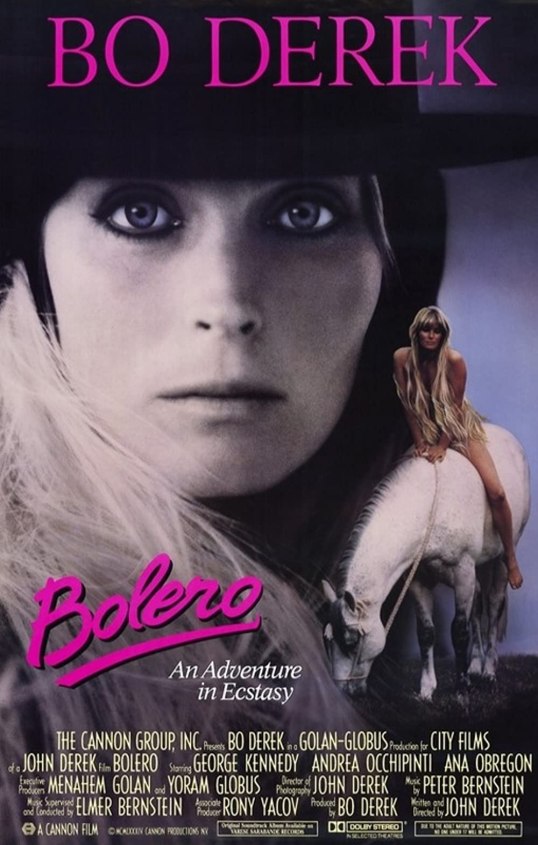

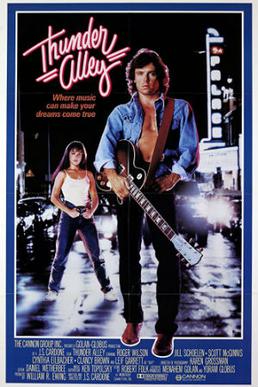
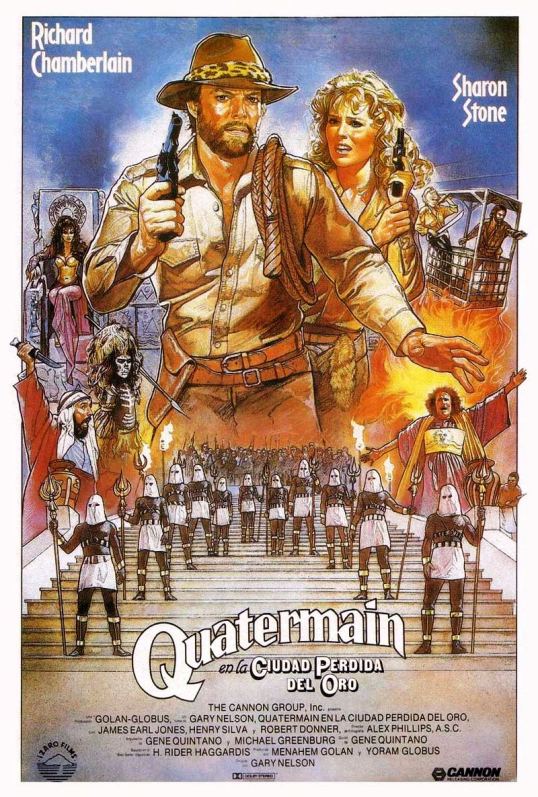
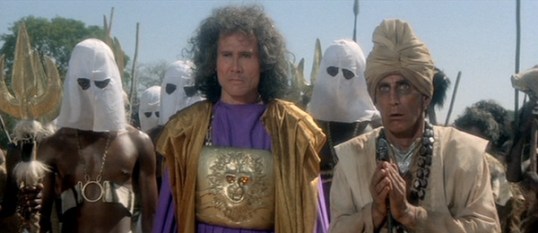
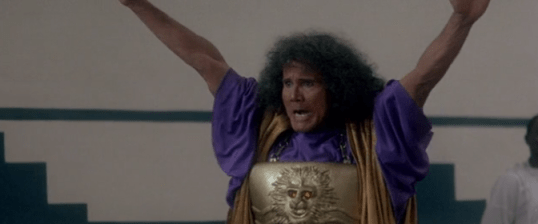
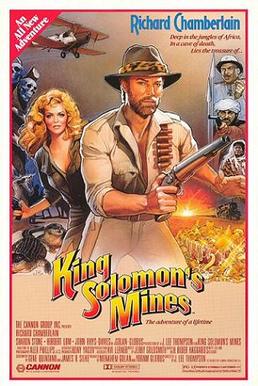

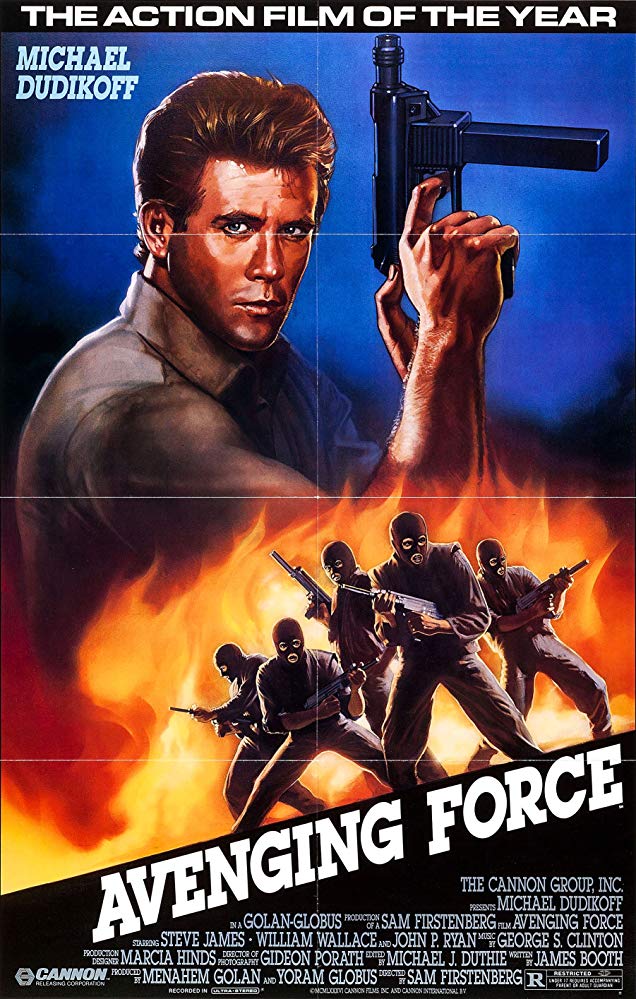
 To quote The Main With No Name, “When a man’s got money in his pocket, he begins to appreciate peace.”
To quote The Main With No Name, “When a man’s got money in his pocket, he begins to appreciate peace.”
 To quote Roger Murtaugh, “I’m too old for this shit.”
To quote Roger Murtaugh, “I’m too old for this shit.”


 To quote John McClane, “How can the same shit happen to the same guy twice?”
To quote John McClane, “How can the same shit happen to the same guy twice?”